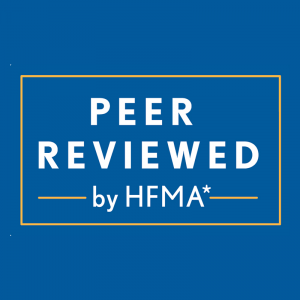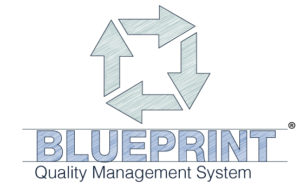Patients are not responsible for a higher percentage of their balances than ever before. In fact, in a recent study, people paid more than $420 billion out of pocket. For a variety of reasons – including financial hardships or even confusion – more than 15 percent of that went uncollected. For providers, the cost to collect patient balances continues to rise.
As a result, it is more critical than ever for healthcare providers to balance patient needs with financial performance. To do this, they must engage with their patients in new ways to create an emotional connection, express empathy and drive patient engagement. It is also important to be reminded that patient communication needs and expectations shift, so providers must rise to meet those expectations, particularly when it comes to the often-challenging patient billing process. So what has changed?
For starters, new technology has altered the approach for most of the population (particularly the younger segments). With new digital technology, smart phones, social media, etc., there are countless ways for companies to get their message out – and do so in real time. People also want everything personalized, relevant and tailored for them as individuals. Patients are driving this change faster and more broadly.
As a result of these shifting expectations, sound patient insights are more critical than ever before. Once providers know more about their patients, they can determine the best ways to connect and engage with them, cultivating a relationship that can improve revenue cycle results. The healthcare industry has been focused on financial results and the patient experience, but it’s not clear in many cases how those ideas merge. Providers have an opportunity to focus on understanding patients and how they pay to drive better results.
REVENUE CYLE CHALLENGES ARE REAL AND GROWING
There has never been such dramatic change as it relates to the patient financial experience. Today, out of pockets expenses for patients can be substantial – with deductibles averaging $2,000 or more – and that creates pressure on the healthcare organization and on patients.

Despite positive steps to make statements more clear, concise, correct and easier to act on, patients by and large are still confused. Confusion leads to dissatisfaction and that dissatisfaction erodes the relationship providers have their patients.
UNDERSTANDING PATIENTS AS INDIVIDUALS
There are ways in which providers can ease the burden of this experience by better matching financial communications and payment options to payment needs – not only for better financial results, but to better align to the needs of the patient in a more proactive and compassionate way. We know that patients want to pay their bills. If we can help patients find solutions in a way that fits their needs, that is to everyone’s benefit.
Think of it this way: if a physician only knew one of two things about his or her patient, could they provide a sound diagnosis? Of course not. Without the right data, it’s difficult to understand the needs of the patient and how to care for them. So shouldn’t our approach to communicating with patients be just as thorough? The fact is that most providers are still applying static financial communications to a diverse patient population.
The good news is that every patient interaction generates actionable data and an opportunity to gather even more. That data can and should change the way providers transform their financial communication. Providers have access to this data through various touchpoints with the patient from appointment scheduling to initial paperwork to conversations at the front desk or via follow-up consultations.
The data helps providers segment patients along multiple dimensions that tend to drive payment behavior and financial needs. But gathering the data is just the start – it’s critical that providers pull all of this information together, ideally managed through a dynamic, automated, analytics engine, to help build an understanding of each patient and their unique personal and financial profile at every touch point. This superbly informed and targeted approach will engage patients at a highly personal level that influences behaviors around the billing process and enables consistent communication across the revenue cycle – from the first billing-related message they receive, to a “past-due balance” note that includes a payment plan option, to confirmation of payment received and other points in between and beyond.
Some patients may prefer to be reached via text or email. some are using the patient portal to interact. Others want to set up payment plans delivered in paper form. No matter the way, they are being treated as individuals – not an account number – which will increase engagement, trust and loyalty and improve results for all involved.
ANALYZE AND OPTIMIZE TO ENSURE A BETTER APPROACH
As competition in the healthcare space intensifies, communication can become the great equalizer. Transparency and trust are essential. And simplicity is king. A successful targeted communications model also incorporates the voice of the patient, so providers should continuously ask how they are doing – not only about their patients’ experience, but also about their preferences. Once initiated, providers should loo for patterns in data that indicate areas of change, in order to improve the experience and fit the payment to the patient.
When it comes down to it, utilizing scoring models and consistently reviewing our strategies have proven to be two of the factors that continually lead us to success. Like so many other things in life, it’s important to always remember the basics.
About State Collection Service, Inc.
Since 1949, State Collection Service has provided quality collection service to countless healthcare organizations.
Through experience and innovation, State Collection Service has grown to become a tremendously credible and nationally-recognized collection agency offering services from pre-registration to bad debt. It is upon the basis of ethical behavior and a dedication to integrity that each State Collection Service employee works to uphold the company’s vision – Partnerships for a Lifetime.
*This article first appeared in “A State Collection Service, Inc. Newsletter Volume 24, Issue 1, First Quarter 2018”















